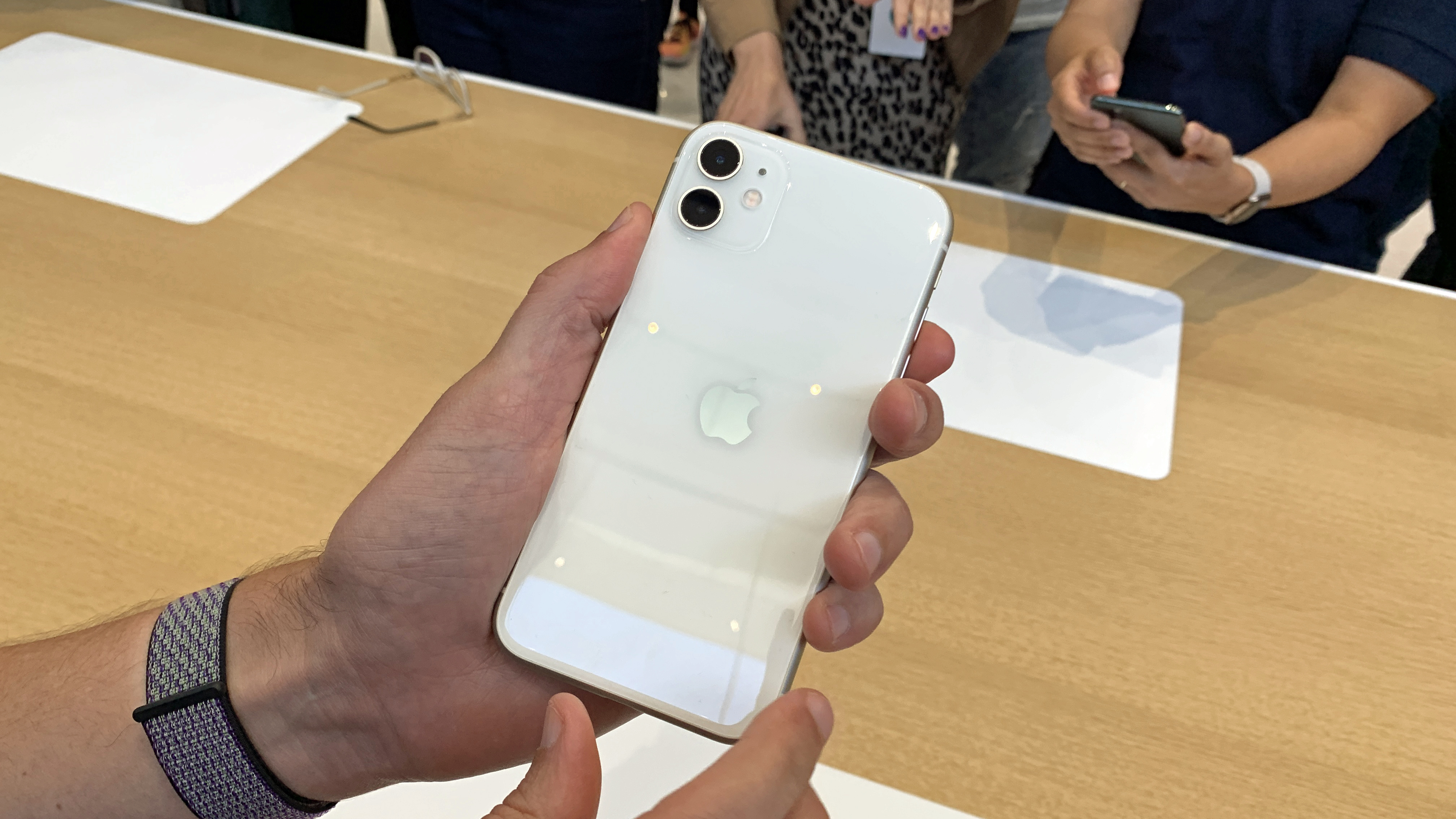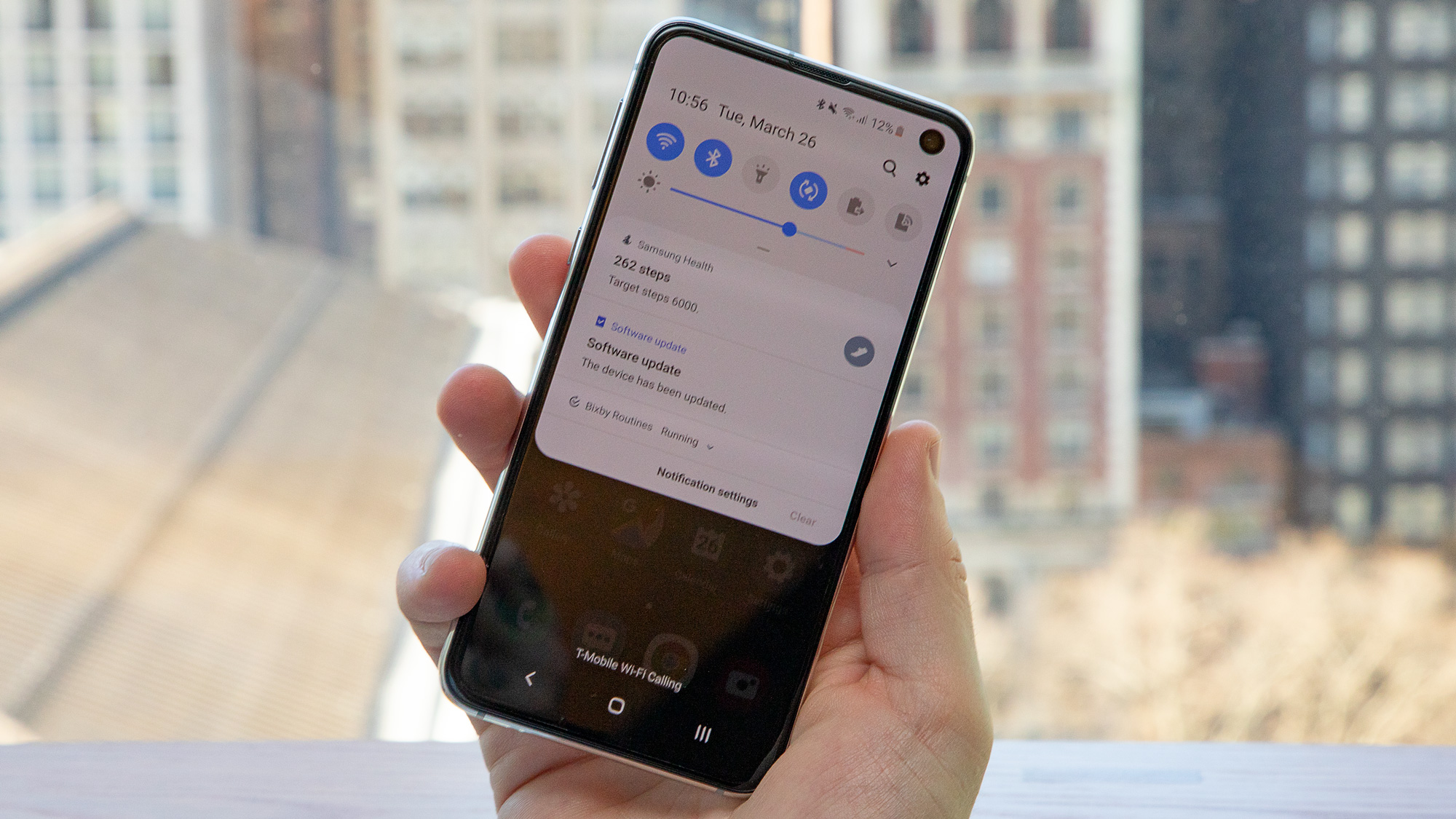The iPhone 11 has kicked-off Round 2 of ‘affordable’ flagships
The competition should be taking notes

The new iPhones are finally here. They bring a lot of cools to the table, but at the same time, these upgrades can be called incremental for the most part. But as it always has been with Apple, it’s more about the flagship experience than the flagship specifications... a phone greater than the sum of its parts. And for the next smartphone season, I foresee the iPhone 11 becoming the phone to beat, at least in terms of sales volume.
By virtue of what these phones offer, undeniably, they are highly desired. Everyone wants a phone that just works well— No long loading times, reliable cameras that get the picture you wanted in the first try, battery life that you can trust rather than add to your worries.
But over the last few years, the definitions and the expectations associated with flagships have changed. They don’t necessarily mean a smartphone that is priced expensively, and the focus on using the software to get the most out of the included high-end hardware is going up. In times like these, affordable flagships are the new rage.
What really is a flagship?
Till a few years ago, the terms affordable and flagships weren’t really used together; but then we had OnePlus, Xiaomi and the rest of the Chinese smartphone manufacturers set their sights on the Indian market, and that was the best thing that could have happened to us. You see, India is one of the biggest smartphone markets in the world, but is also an extremely price-sensitive one. While everyone would love to own a premium flagship, not all may be able to get their hands on one.
Affordable flagships ended up being a masterstroke in such a scenario. Not just that, they were able to put pressure on legacy smartphone companies including the likes of Samsung, LG, HTC and Sony where consumers started questioning the price tags associated with their premium flagships. There’s no better example than the Indian smartphone sector for the competition being good for the customer. These older companies were compelled to rethink their strategies for India, or come up with entirely new offerings that could go head to head with the aforementioned competition.

Why don't companies just start making 'Lite' flagships again?
But, it’s not easy for brands that have a certain market perception and persona to suddenly start playing in a price segment lower than where they generally deal. The premium pricing is a big part of that perception that makes these phones so desirable. Brands were faced with the question— How do we make a slightly cheaper phone, without compromising on the flagship experience or cannibalizing the actual flagship lineup?
This is not an easy question to answer, as one product will decide the fate of two or more series. A typical high-risk high reward dilemma, which could either get them two winners in two separate segments or sell very few of each. Even the corners that would have to be cut to make a cheaper variant of the flagship possible have to be very carefully chosen. After all, it is still the flagship experience that they are marketing, and a device any lesser than that could spell doom for them.
Get daily insight, inspiration and deals in your inbox
Sign up for breaking news, reviews, opinion, top tech deals, and more.
It’s still a pretty nascent concept, and brands are still figuring it out. The iPhone XR, for example, was a golden goose for Apple. It brought much of the iPhone XS goodness to a significantly lower price point and unsurprisingly ended up becoming the best selling smartphone in the following months. Apple enjoys a level of desirability that is unparalleled in the tech space, and slight reductions in price are major boosts for its sales. This is further highlighted by simple stats such as the iPhone 6 being the best-selling iPhone in India, some 3 years after it originally came out.

Who did it right?
Samsung was one of the first major players to jump aboard this trend, by creating the Galaxy S10e earlier this year. It brought minor downgrades such as a Full HD+ display, one lesser camera and a smaller battery, but was able to price it under Rs 60K in India. Whether the downgrades worked well is a discussion for another time, but being able to purchase a Samsung S series flagship in the 50K segment was a dream come true for many potential customers.
2019 was also the first time we saw OnePlus adopt a dual smartphone strategy. It was already the market leader in the premium segment (phones priced over Rs 30,000) and was looking to replicate that success at an even higher price point. But for a brand that started its journey in the sub Rs 25K segment, a phone worth nearly double that figure would be a hard sell, especially considering that they still had quite a few bits to iron out.
The corner-cutting in the budget segment would not be acceptable in the ultra-premium space. The answer came in the form of the OnePlus 7 Pro, which brought an all-new design, a display that is still unmatched and versatile (eventually) camera setup. This also enabled them to relegate the regular OnePlus 7 to a starting price which was lower than its predecessor, which nobody saw coming. This change worked beautifully for them, with there now being a great OnePlus smartphone at all segments from Rs 25K, all the way up to 60K.
It’s more difficult for a brand that has plied its trade in the budget segment to create an expensive device than for a premium smartphone maker to create a cheaper version of its flagship.
However, as we talked about it before, these affordable flagships often fail too. Everyone remembers the disaster that the iPhone 5C was, and the bad communication around it just amplified the exasperation on its poor product choices.
More recently, there was resentment around the smaller Samsung Galaxy Note10. It was a less than applaudable effort, marred with the wrong downgrades and an overall uninspiring Note 10 series. The Note 10, or even the Note 10+ isn’t a terrible device, but to Samsung’s misfortune, it came at a time when the competition was better in certain key aspects or cheaper. Samsung really needs to hit it out of the park with the S11 series, especially after the iPhone 11 launch.

Good products can be a victim of failed marketing
On the topic of failed affordable flagships, we ought to talk about Xiaomi’s Redmi K20 series, which based on who you are, you will probably hate to the core or recommend wholeheartedly. In India, Xiaomi (or Redmi, to be technically correct) saw tremendous success in the budget segment. After some 5 years of existence, it was finally looking at creating a high-end flagship device that was supposed to send shivers down the spine of the competition, all of which were significantly more expensive.
On paper, the Redmi K20 Pro was the perfect flagship, with the latest Snapdragon 855, a big Super AMOLED display with no notch, a meaningful triple camera setup on the back, an eye-catching design and a reliable battery. There’s very little they could have added to the mix. What went wrong for them was the long time gap between the Chinese announcement and the official Indian availability, which let consumers (and probably even the competition) cook up incorrect expectations from the Redmi K20 Pro, especially with respect to the price.
Matters got even worse when the Redmi K20 (non-Pro) was confirmed to start at Rs 29,990. It was essentially the K20 Pro in all aspects, except for the chipset, implementing the Snapdragon 730 instead of the 855. The Snapdragon 730 is no slouch, and is bested only by the flagship-grade Snapdragon 845 and 855 in terms of performance capabilities. But for the average consumer, this was an expensive device running a Snapdragon 700 series processor, and expected it to be priced a little lower. Yes, the Chinese pricing was a little better, but isn’t that the case with almost all chinese products?
This was also a perception debacle, as the Indian market could only associate Xiaomi with the budget segment; one of the reasons why the Mi series of flagships never did well in India. Redmi faces the same task once again, by communicating the value proposition to the market and not letting the sentiment of its flagships being too expensive foster. A classic case of a brand’s struggles when it wants to break out of the product and price expectations of its consumers.
#AppleEvent Indian pricing (in INR)7th gen iPad 10.2": 29,900Watch Series 5 GPS: 40,990Watch Series 5 GPS + cellular: 49,990iPhone 11 (64GB): 64,900iPhone 11 Pro (64GB): 99,900iPhone 11 Pro Max (64GB): 1,09,900September 10, 2019
Advantage Apple
Apple did a splendid job this time in creating the narrative that the cheaper iPhone 11 is the one for the masses, and the iPhone 11 Pro is for those who want to squeeze every bit of utility out of their phones and are not that price sensitive. And this is further reflected by the series’ pricing as well, with the iPhone 11 being rather competitively priced without skimping out on any of the essentials and the 11 Pro starting at a thousand dollars.
Before the launch of the iPhone 11 series, we speculated that the iPhone 11 will be a very crucial product for Apple if it wants to survive in India, and with a starting price of Rs 64,900 before discounts, it seems like they delivered.
If the iPhone XR was the best selling smartphone for the first half of 2019, I have no doubts that the iPhone 11 with continue that legacy. Start your countdown to when Apple aggressively starts marketing the iPhone 11 in India.
Aakash is the engine that keeps TechRadar India running, using his experience and ideas to help consumers get to the right products via reviews, buying guides and explainers. Apart from phones, computers and cameras, he is obsessed with electric vehicles.
